
Acute Renal Failure/Acute Kidney Injury. Dr. Sudarshan Singh. Introduction. Acute renal failure (ARF), or acute kidney injury (AKI) , [as it is now referred to in the literature], is defined as An abrupt or rapid decline in renal filtration function

adonica + Follow
Download PresentationAn Image/Link below is provided (as is) to download presentation Download Policy: Content on the Website is provided to you AS IS for your information and personal use and may not be sold / licensed / shared on other websites without getting consent from its author. Content is provided to you AS IS for your information and personal use only. Download presentation by click this link. While downloading, if for some reason you are not able to download a presentation, the publisher may have deleted the file from their server. During download, if you can't get a presentation, the file might be deleted by the publisher.
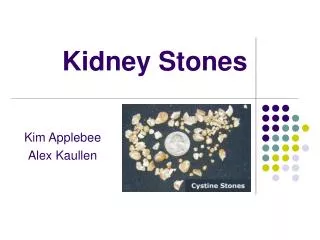
Kidney Stones Kim Applebee Alex Kaullen Definition Kidney Stones are small, hard deposits of mineral and acid salts on the inner surfaces of the kidneys Alternative names include: Renal Lithiasis Renal Calculi Nephrolithiasis (Kidney Stone Disease)
5.02k views • 28 slides
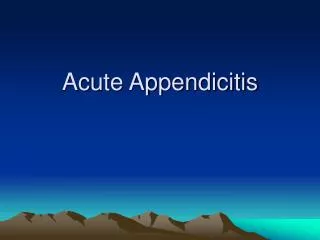
Acute Appendicitis. Epidemiology. The incidence of appendectomy appears to be declining due to more accurate preoperative diagnosis. Despite newer imaging techniques, acute appendicitis can be very difficult to diagnose. . Pathophysiology.
2.07k views • 109 slides
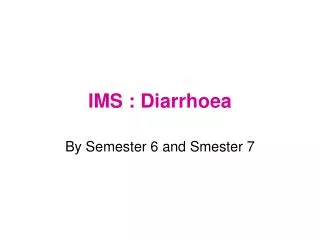
IMS : Diarrhoea. By Semester 6 and Smester 7. Agenda of the day. Overview of diarrhoea -Ambiga and Hui Yan Acute Diarrhoea (Acute Gastroenteritis) -Wen Jiun and Vanessa. Epidemiology of Diarrhoea. Leading cause of illness and death among children in developing countries.
3.19k views • 136 slides

Pre-Dialysis Education Understanding Your Treatment Options. Understanding Your Treatment Options Introduction. Rate of kidney failure in Australia and New Zealand. Kidney failure increasing by 6% pa 600,000 patients by 2010 Dialysis is performed worldwide Anyone can have kidney failure.
2.19k views • 97 slides
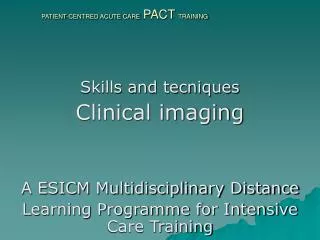
PATIENT-CENTRED ACUTE CARE PACT TRAINING. Skills and tecniques Clinical imaging A ESICM Multidisciplinary Distance Learning Programme for Intensive Care Training. PATIENT-CENTRED ACUTE CARE PACT TRAINING. Uloga imaging metoda u ICU (intensive care unit)
2.02k views • 97 slides
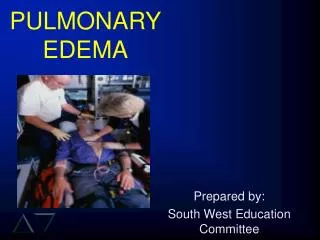
PULMONARY EDEMA. Prepared by: South West Education Committee. Congestive Heart Failure or Acute Pulmonary Edema. SWEC Base Hospitals. Credit: W.A. (Bill) Penhallurick Southeastern Regional BH. OUTLINE. Review the pathophysiology and etiology of Congestive Heart Failure
2.82k views • 65 slides
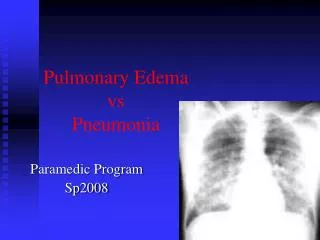
Pulmonary Edema vs Pneumonia. Paramedic Program Sp2008. Acute Pulmonary Edema, Hypotension, Shock. Clinical signs: shock, hypotension, congestive heart failure, acute pulmonary edema Most likely problem?. Acute Pulmonary Edema. Volume problem. Pump problem. Rate problem.
7k views • 59 slides
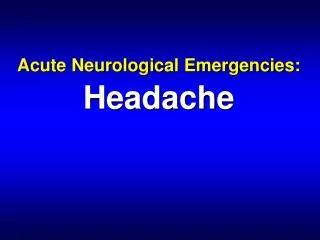
Acute Neurological Emergencies: Headache. Brad Bunney, MD Associate Professor Dept of Emergency Medicine. University of Illinois College of Medicine Chicago, IL.
1.47k views • 103 slides
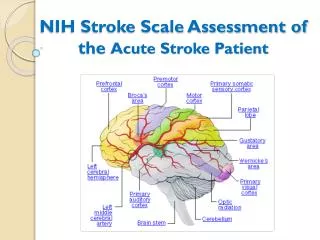
NIH Stroke Scale Assessment of the Acute Stroke Patient. NIHSS Assessment of the Acute Stroke Patient . Objectives: The learner will be able to explain Why the NIHSS is performed How the NIHSS is performed Relate each section to the pathophysiology of various types of stroke.
10.81k views • 43 slides
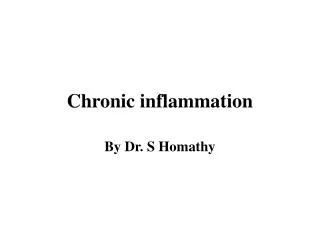
Chronic inflammation. By Dr. S Homathy. Chronic inflammation. Inflammation of prolonged duration(weeks to months to year) In which acute inflammation, tissue injury and healing proceed simultaneously. Components of chronic inflammation. 1.Acute inflammation 2.Demolition
3k views • 149 slides
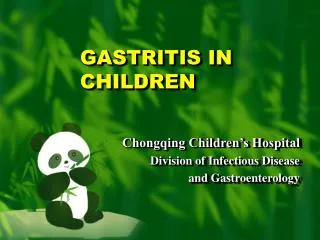
GASTRITIS IN CHILDREN. Chongqing Children’s Hospital Division of Infectious Disease and Gastroenterology. Gastritis Acute Gastritis Chronic Gastritis. Acute Gastritis. Acute gastritis. Diffination Etiology & Pathogenesis Pathology. Acute gastritis. Etiology & Pathogenesis.
12.12k views • 33 slides
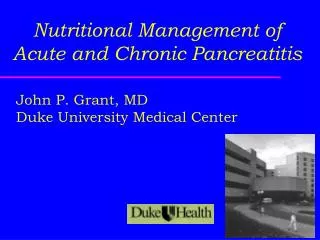
Nutritional Management of Acute and Chronic Pancreatitis. John P. Grant, MD Duke University Medical Center. Clinical Spectrum of Pancreatitis. Acute edematous - mild, self limiting Acute necrotizing or hemorrhagic - severe Chronic. Etiology of Acute Pancreatitis. Biliary Alcoholic
1.46k views • 70 slides
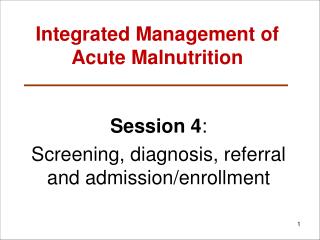
Integrated Management of Acute Malnutrition. Session 4 : Screening, diagnosis, referral and admission/enrollment. Session 4: Training Objective. Enable health workers to quickly and accurately screen, diagnosis, refer and admit/enroll children with acute malnutrition.
5.44k views • 64 slides
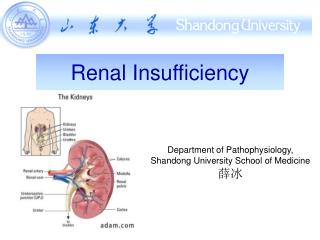
Renal Insufficiency. Department of Pathophysiology, Shandong University School of Medicine 薛冰. INDEX. Acute renal failure(ARF) Chronic renal failure(CRF). Functions of the Kidney. 1.Excretion. Remove waste product from the body ; Regulate electrolyte and acid-base balance.
2.02k views • 98 slides

Acute Appendicitis. Epidemiology. The incidence of appendectomy appears to be declining due to more accurate preoperative diagnosis. Despite newer imaging techniques, acute appendicitis can be very difficult to diagnose. Pathophysiology.
5.04k views • 109 slides

ARDS. Definition and Epidemiology. Vietnam war. ARDS. Ashbaugh et al. Acute respiratory distress in adults . Lancet 1967. ALI/ARDS. acute onset bilateral CXR infiltrates P/F ratio <200 (ALI <300) pulmonary artery occlusion pressure < 18 mm Hg
1.98k views • 88 slides

Acute Pancreatitis XUE Huiping. Pancreatitis is an inflammatory process in which pancreatic enzymes autodigest the gland.
1.68k views • 107 slides

Acute Poststreptococcal glomerulonephritis. A.R.Merrikhi.MD . PediatricNephrologist. INTRODUCTION. Poststreptococcal glomerulonephritis (PSGN) is caused by prior infection with specific nephritogenic strains of group A beta-hemolytic streptococcus.
1.74k views • 58 slides

Acute abdomen. Prof. M K Alam M S ; F R C S. Learning objectives. Definition of acute abdomen Anatomy and physiology of abdominal pain. Pathophysiology of common causes of acute abdomen. Symptoms and signs of acute abdomen in relation to the underlying pathology
2.56k views • 98 slides

ACUTE ABDOMEN ( PAIN). DR.RAMATE WONGWILAIRAT. MD SOMDEJPHAJAOTAKSIN HOSPITAL. OUTLINE. DIFINITION ACUTE ABDOMEN ANATOMY AND PATHOPHYSIOLOGY ABDOMINAL PAIN ETIOLOGY OF ACUTE ABDOMEN CLINICAL ASSESSMENT HISTORY TAKING PHYSICAL EXAMINATION
1.58k views • 108 slides